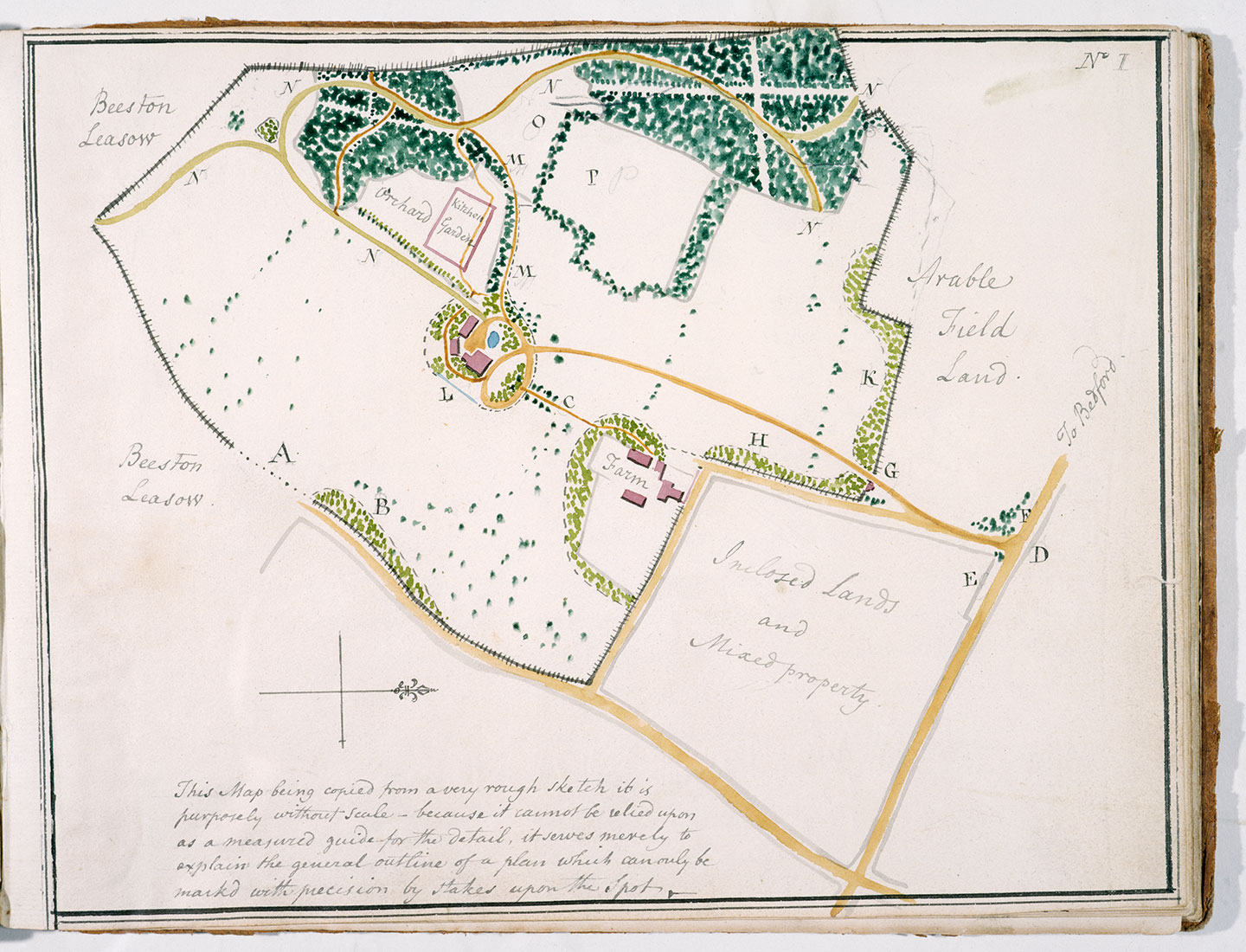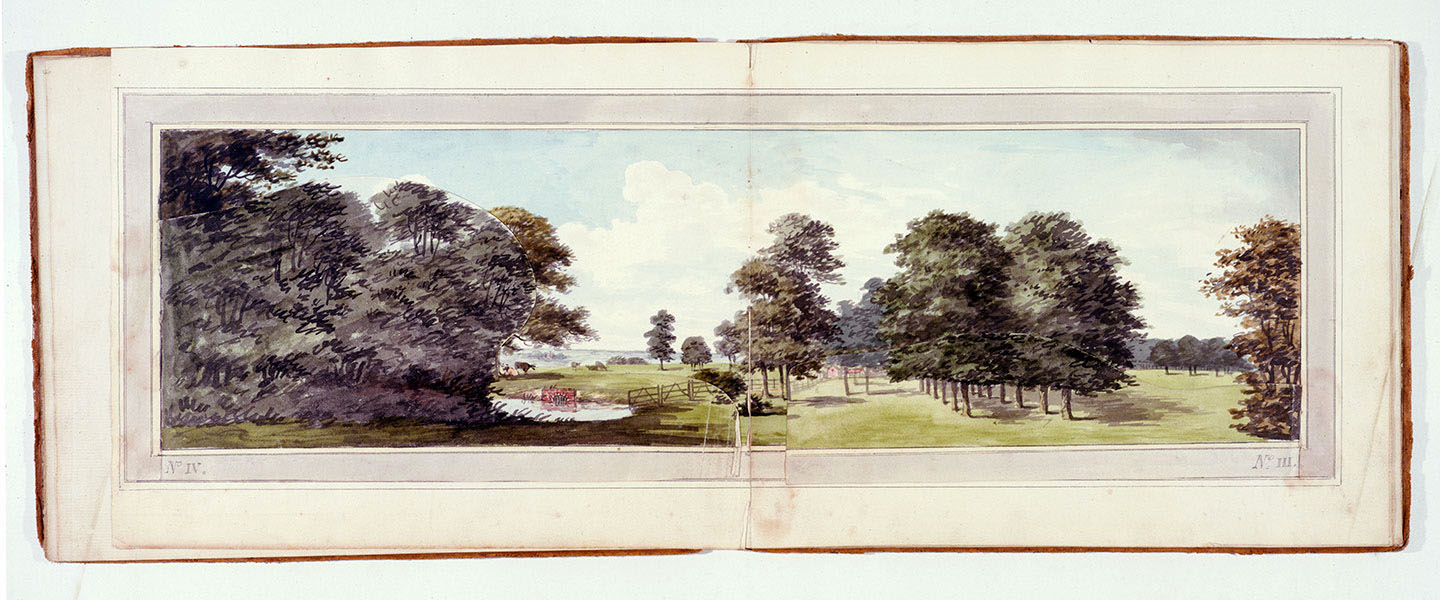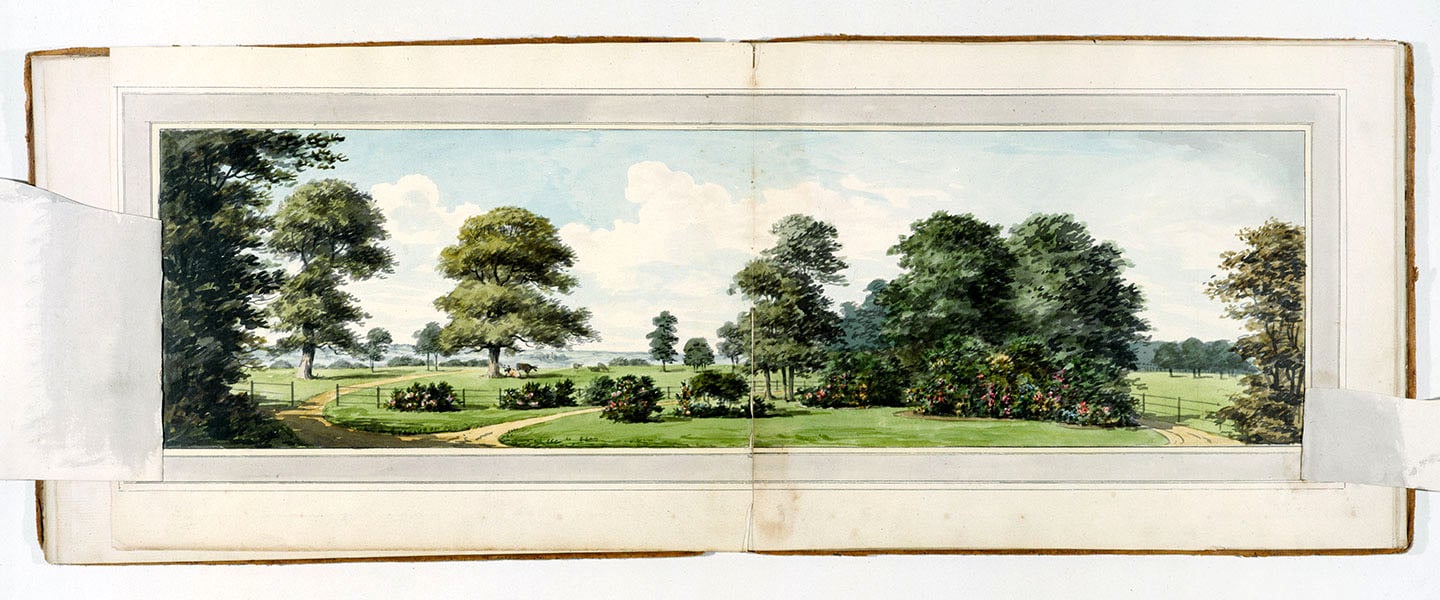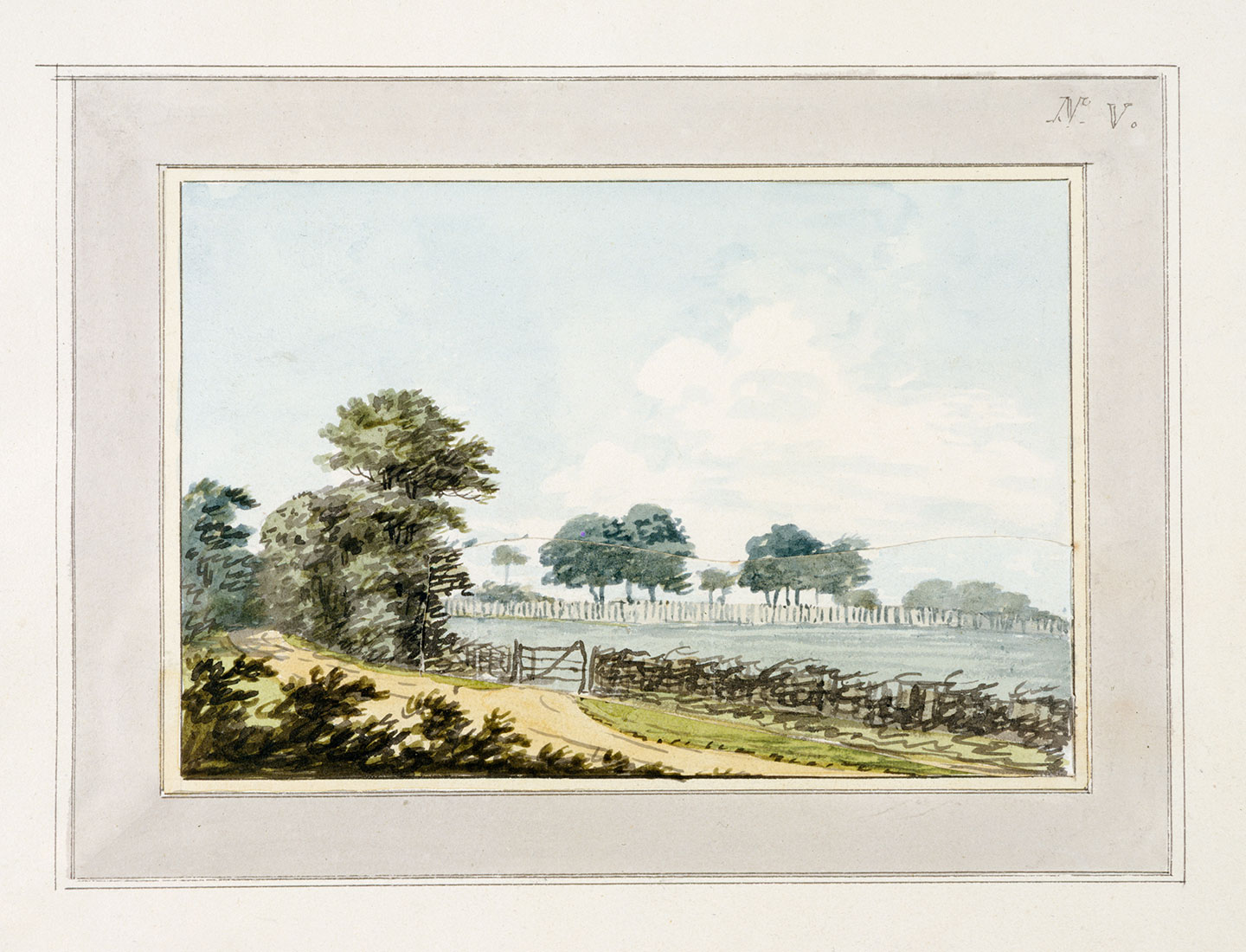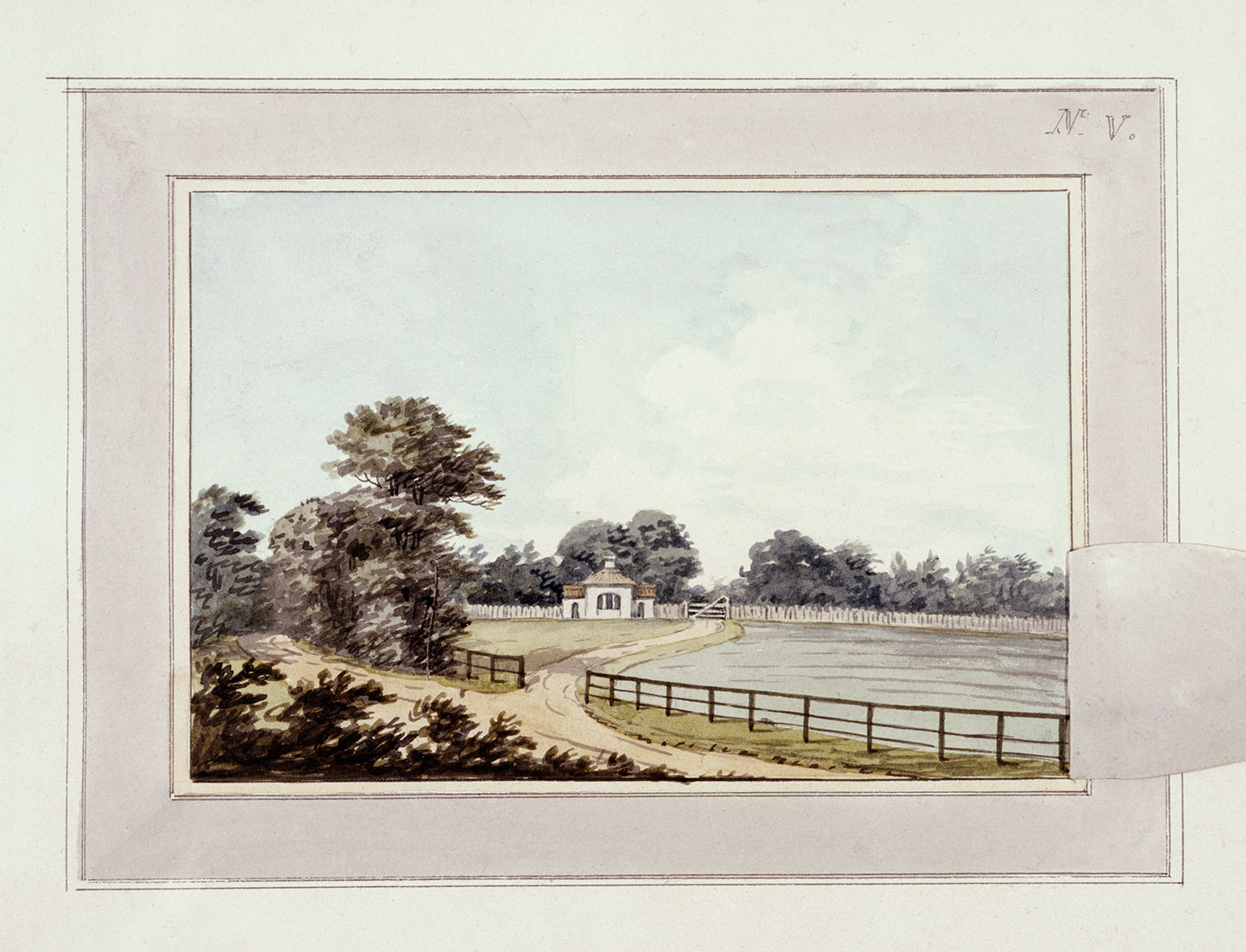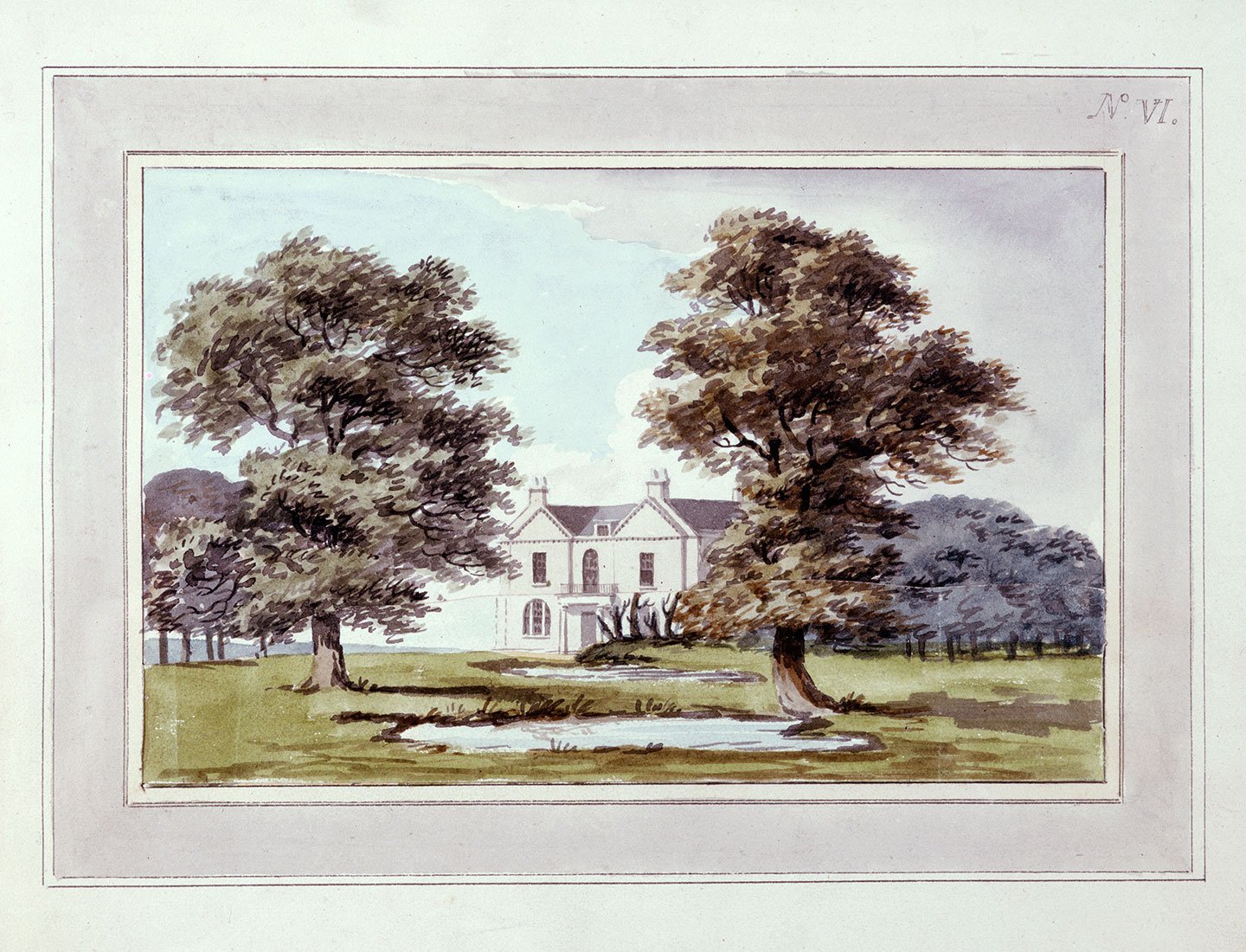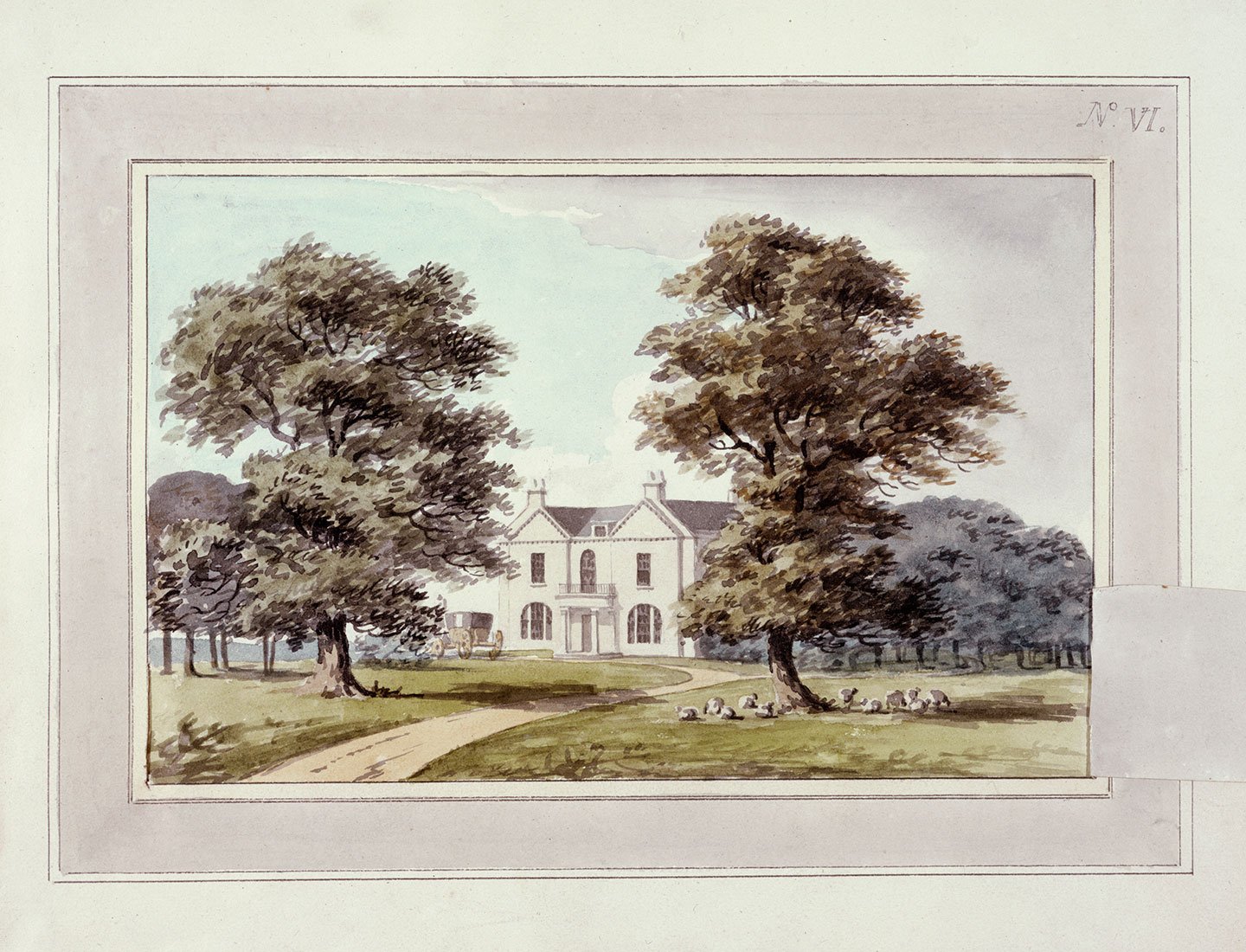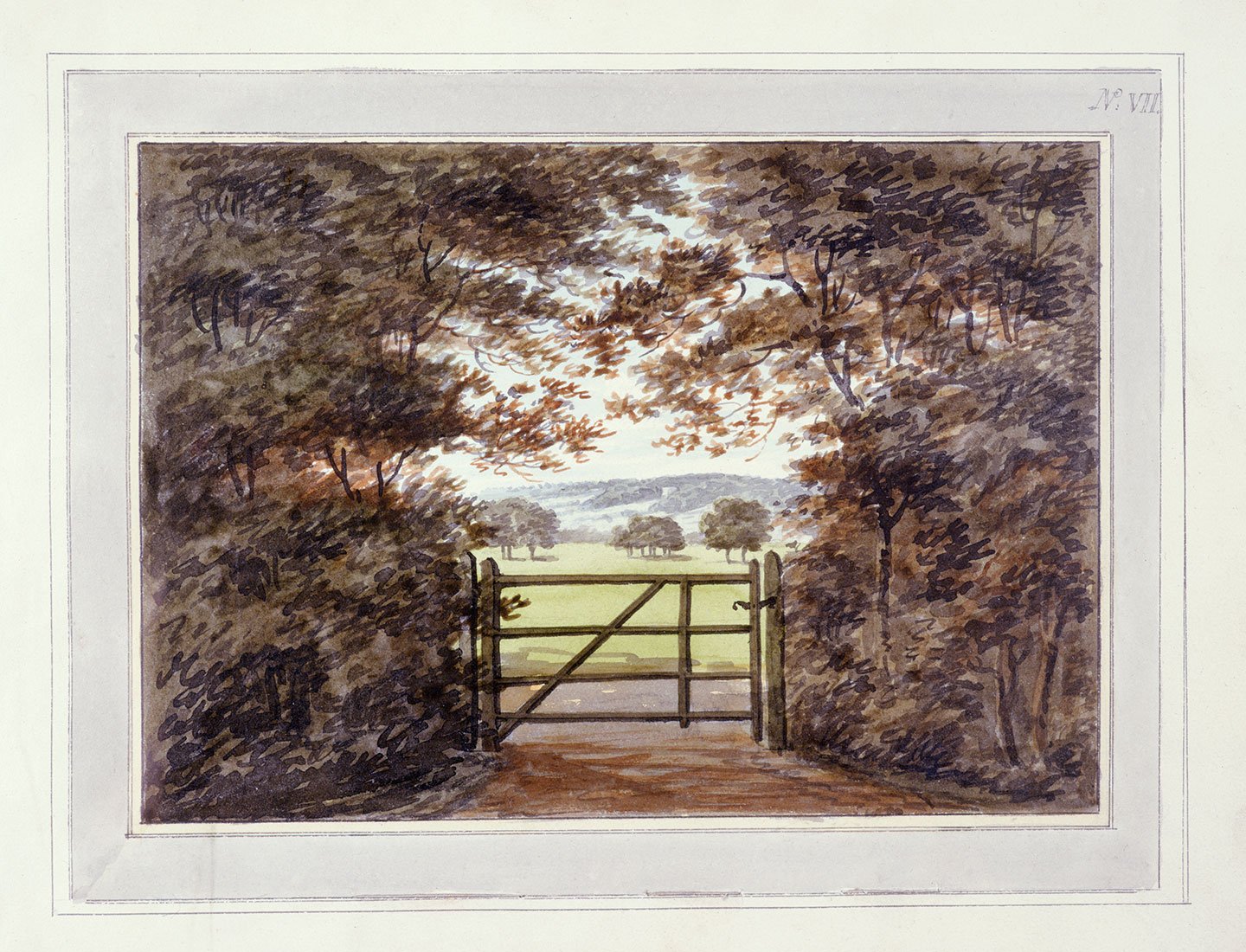Explore a map of aerial photos of landscapes associated with Capability Brown and Humphry Repton.
Humphry Repton Landscapes
Historic England was a partner in the national celebration for the 200th anniversary of Humphry Repton (21 April 1752 – 24 March 1818) led by the Gardens Trust and county garden trusts.
Humphry Repton was the self-proclaimed successor to Capability Brown. He was a prolific designer and there are some 300 registered parks and gardens associated with him. Unlike Brown, Repton published his theories and also produced beautiful illustrated books of his designs for individual clients which are still treasured.
Research
Historic England will be reviewing new research findings on Repton’s work and using this to update the National Heritage List for England (NHLE) in due course.
As a contribution to the celebrations, Historic England published a Research Report on the anniversary of Repton's death (24 March 2018) on the plants and planting schemes for late Georgian gardens (1780-1820).
The report collates, synthesises and summarises this knowledge and practical horticultural experience. It provides a plant list as a starting point for researchers and those restoring gardens of this period, along with an overview of garden design, the planting palette and planting styles, notes on research resources, and examples of restored gardens. The report includes case studies on:
- Planting Advice on Shrub Beds and ‘Forest Lawns’: Henry Phillips’ Plant Associations (Brighton Royal Pavilion)
- Recreating a Town House Garden (St Helier,Jersey)
- Recreating a Flower Garden (Ashridge)
Three additional case studies on Late Georgian planting schemes were published in September 2018 to coincide with the ‘Repton and Horticulture’ conference in Sheffield. You can download the case studies by clicking on the links below.
- Researching Sir John Soane’s Pitzhanger Manor (Walpole Park) garden planting
- The restoration of the garden at JMW Turner’s Sandycombe Lodge home
- Looking after the restored Regency planting scheme at Swiss Garden, Shuttleworth
The conference proceedings have been published as a special edition of Garden History supported by Historic England.
Map of aerial photographs
Clicking on the map provides a link to the list entry for each of the parks and gardens included on Historic England's Register of Parks and Gardens of Special Historic Interest. For those not registered, a link has been created to the relevant entry on the Parks and Gardens UK website.
Each photograph is represented by a dot. Clicking on the dot, brings up details of the date on which the photograph was taken, along with a reference number and a link to view the image. There is also a link to the Historic England Archive should you wish to know more about any particular site or to order a larger copy of an image.
Some images may show features not directly associated with Humphry Repton's or Capability Brown's landscapes, such as cropmarks and other earlier or later landscape design features and structures.
Repton's Moggerhanger Red Book
As part of the project we revisited the imagery for Moggerhanger Park, the Red Book watercolour sketches, which we photographed in 1986. For further details see the relevant archive pages. Repton prepared these Red Books to show his clients how his landscaping proposals would look. He used flaps to reveal changes. In the Garden Museum video, the garden historian Todd Longstaffe-Gowan studies the Red Book for Sundridge Park and shows you how it works.
Gallery
Please click on the gallery images to enlarge.


